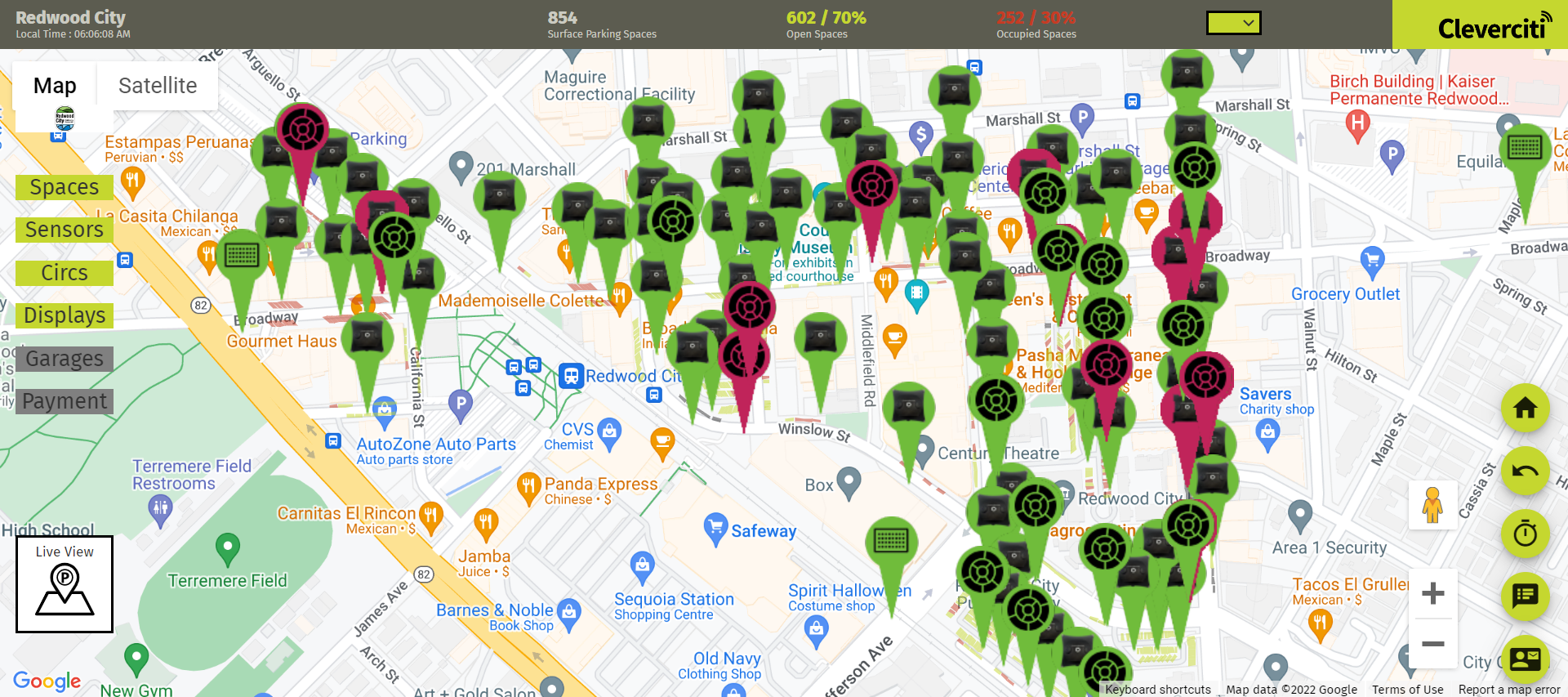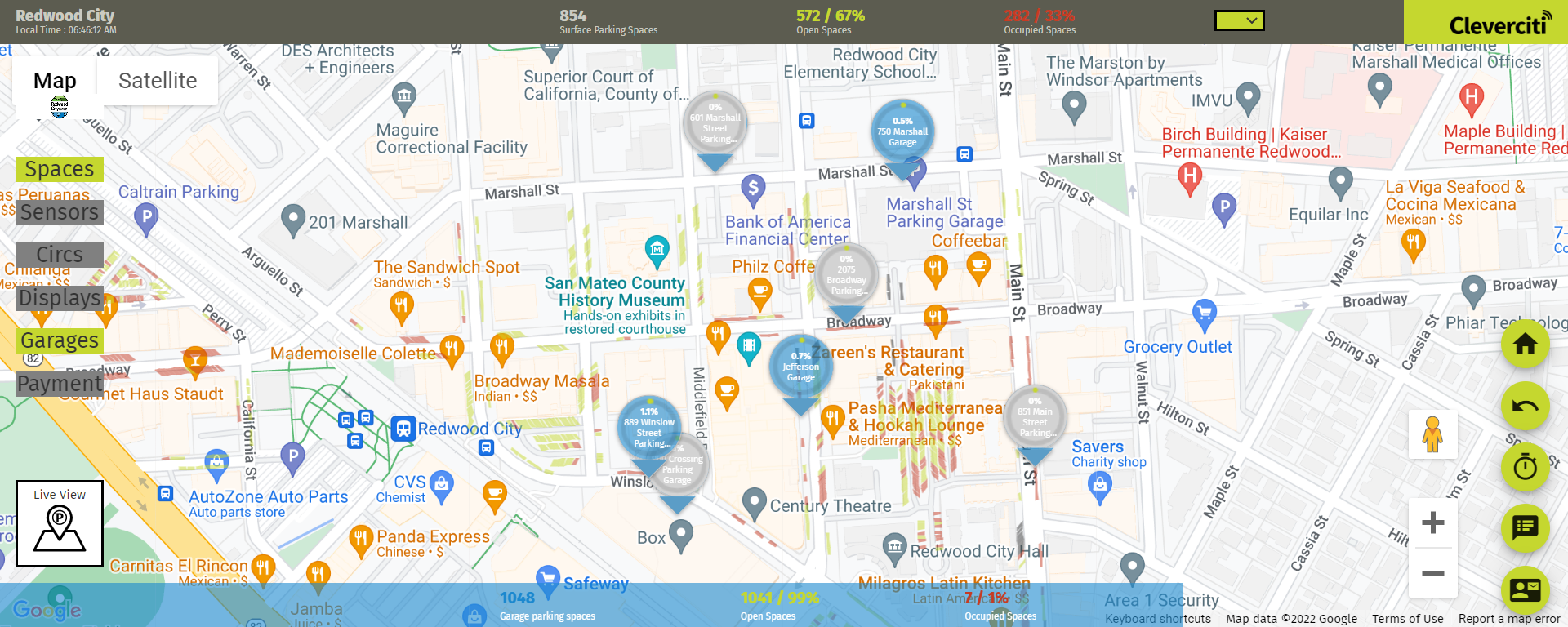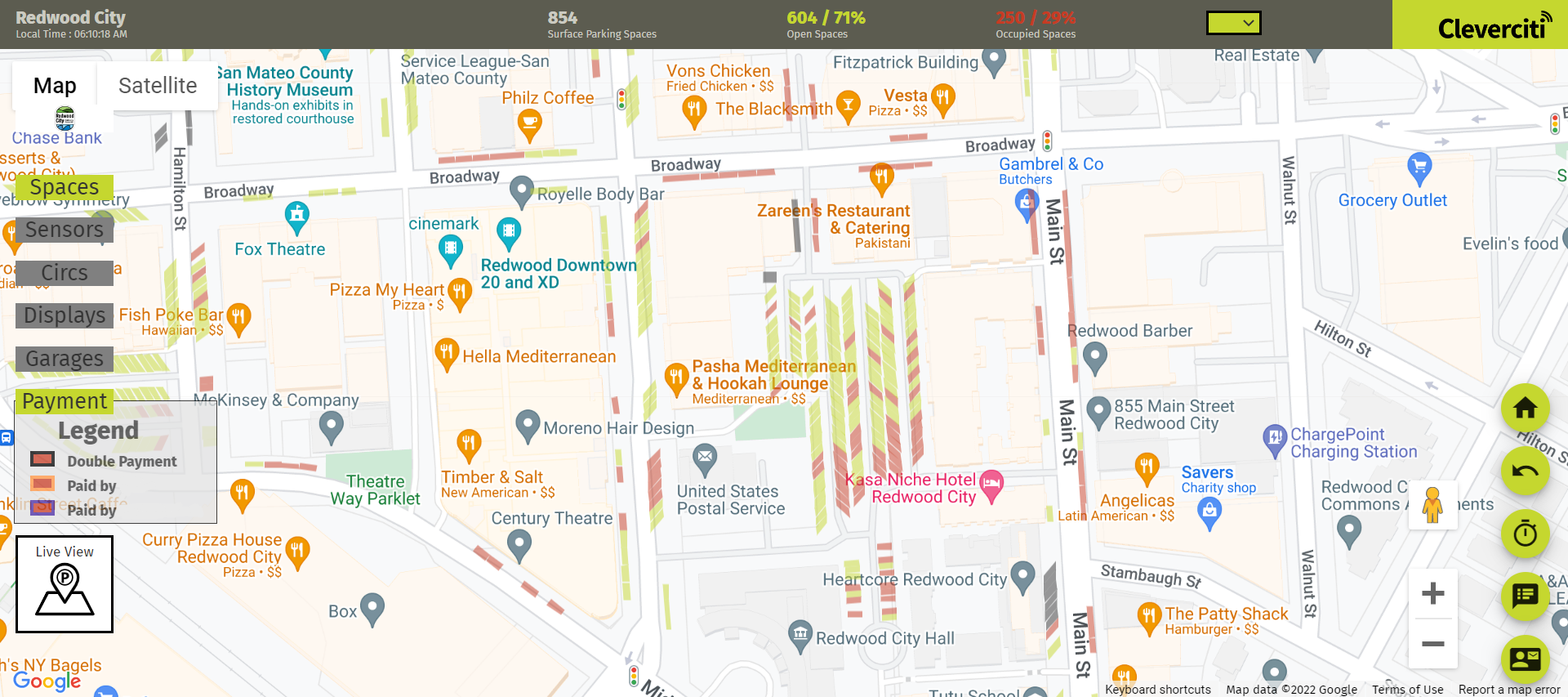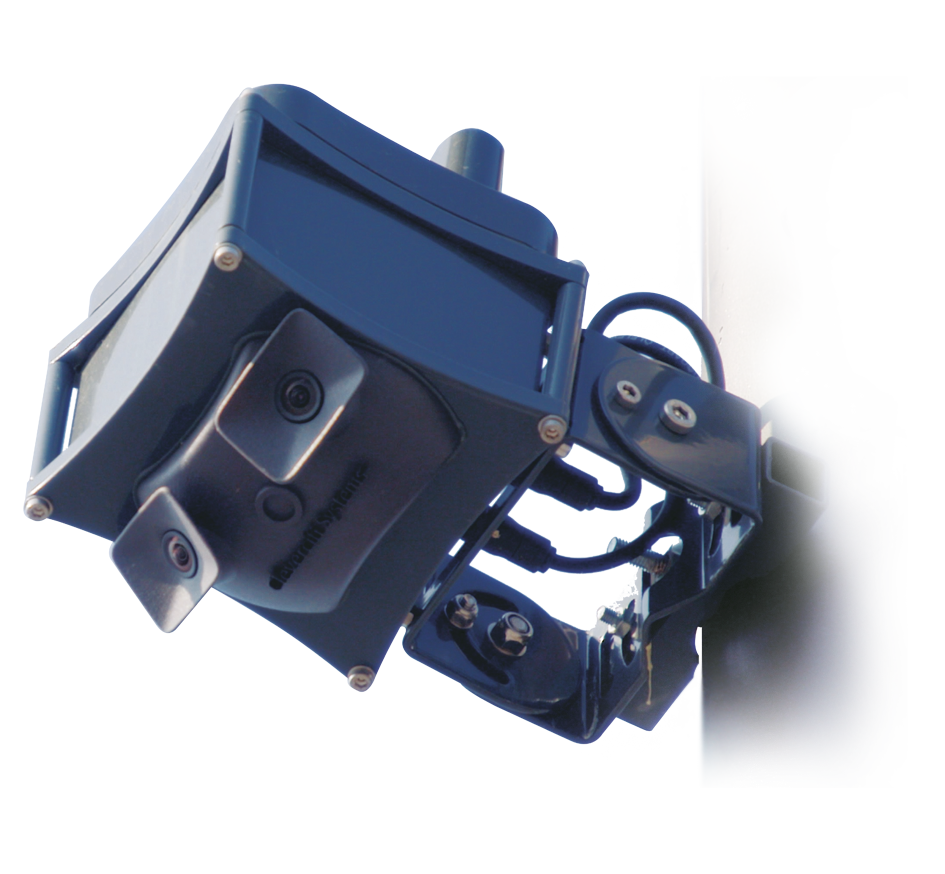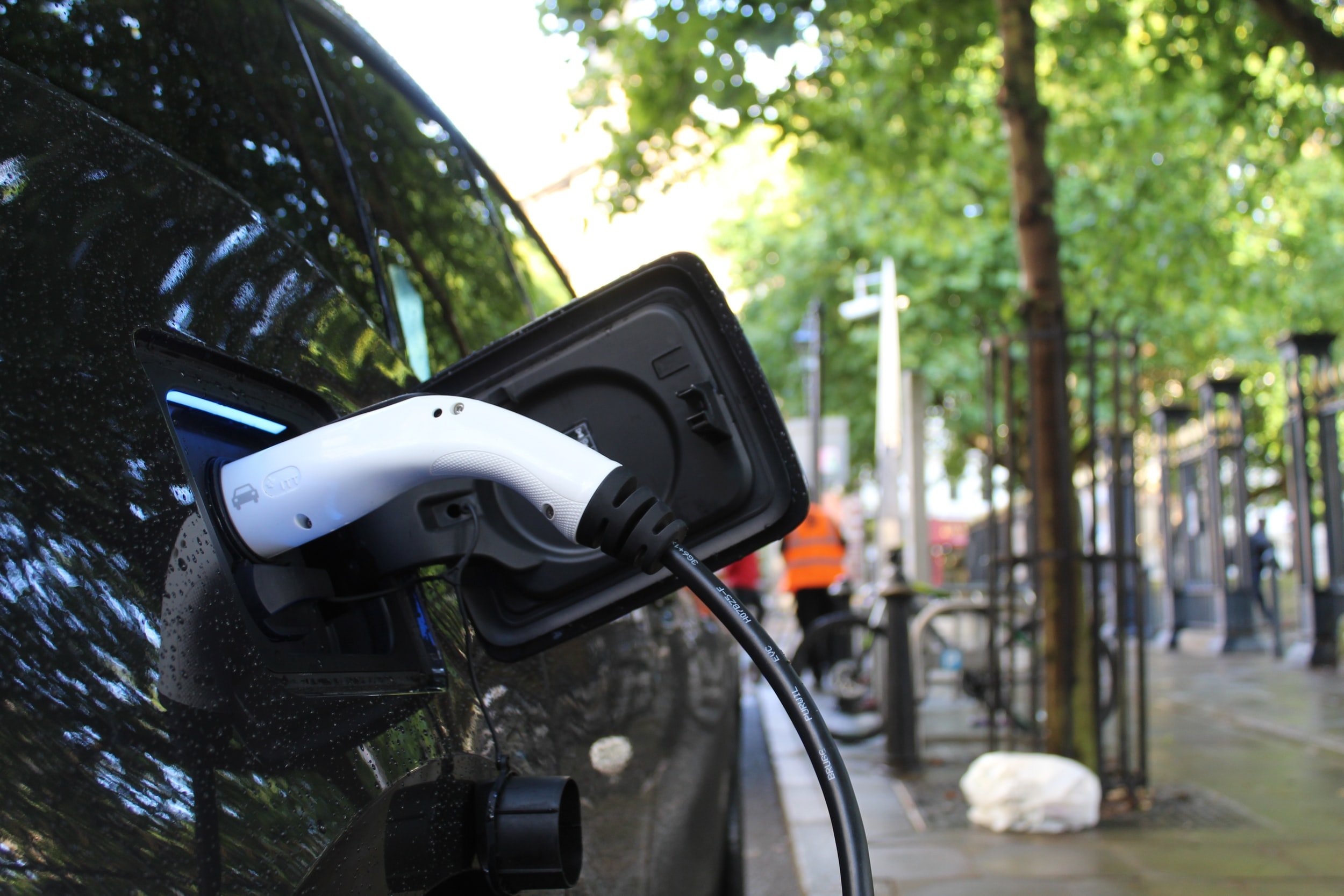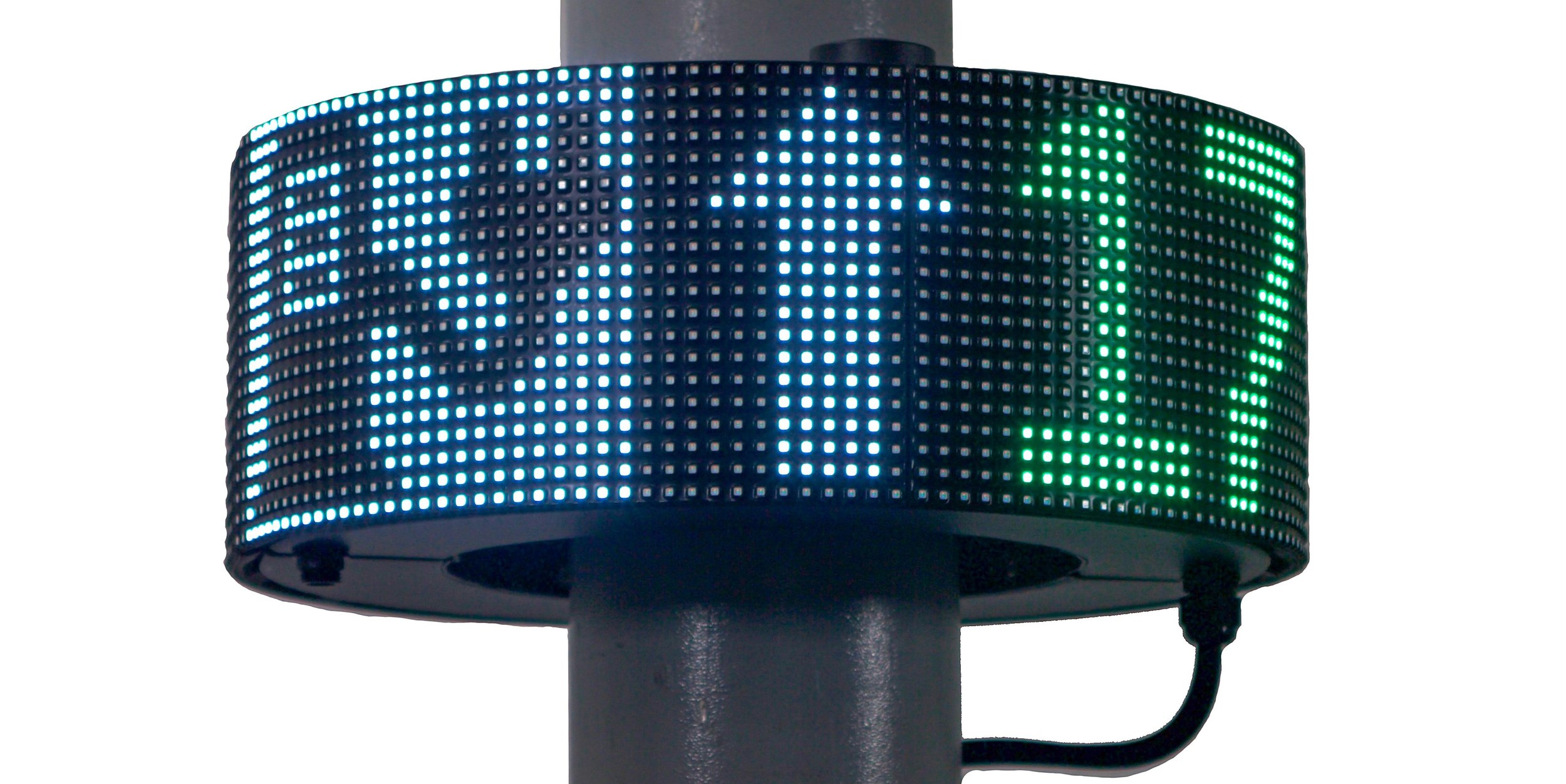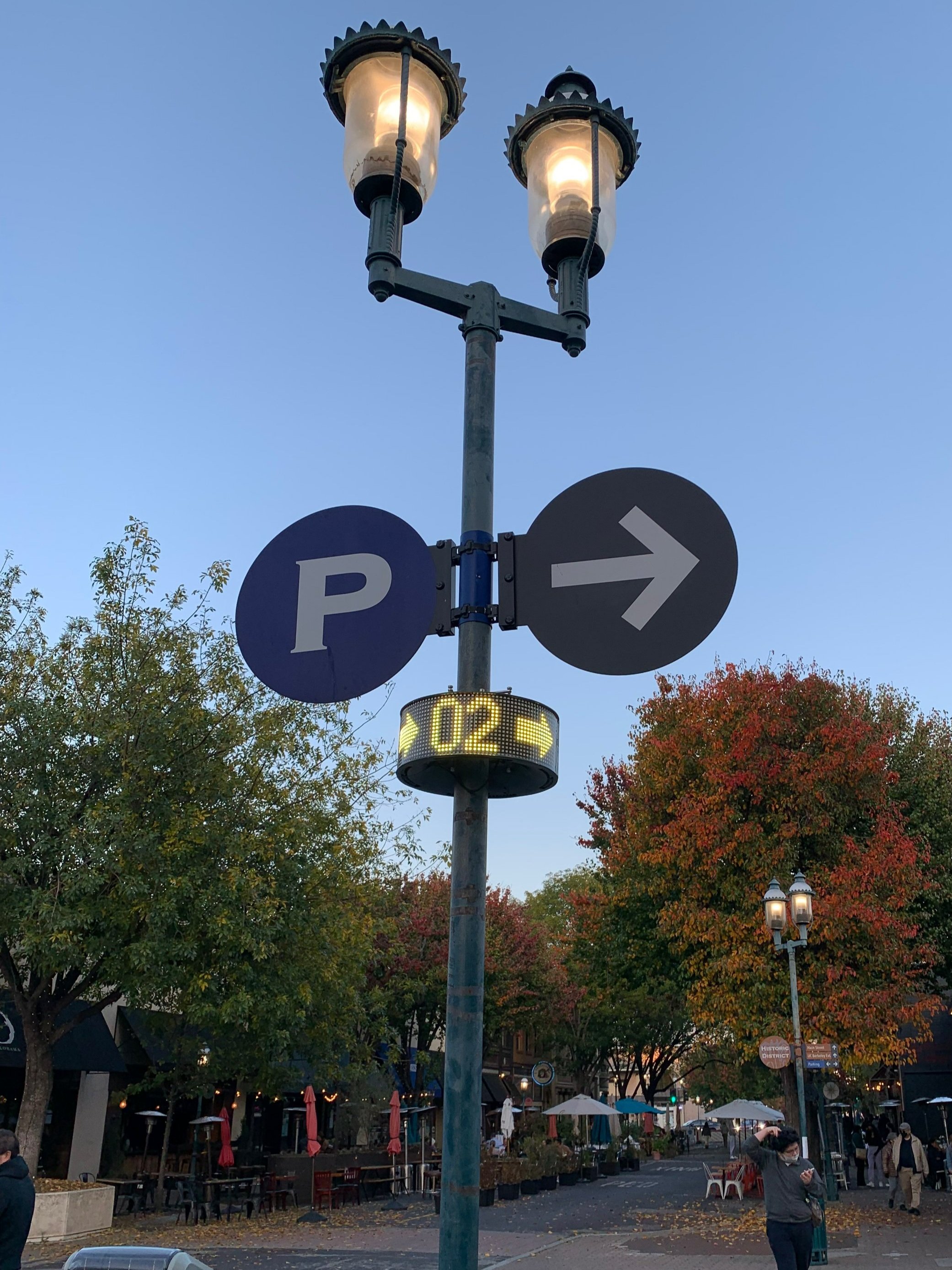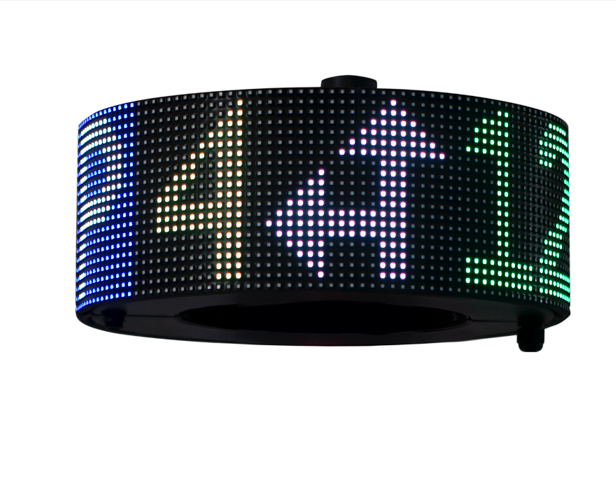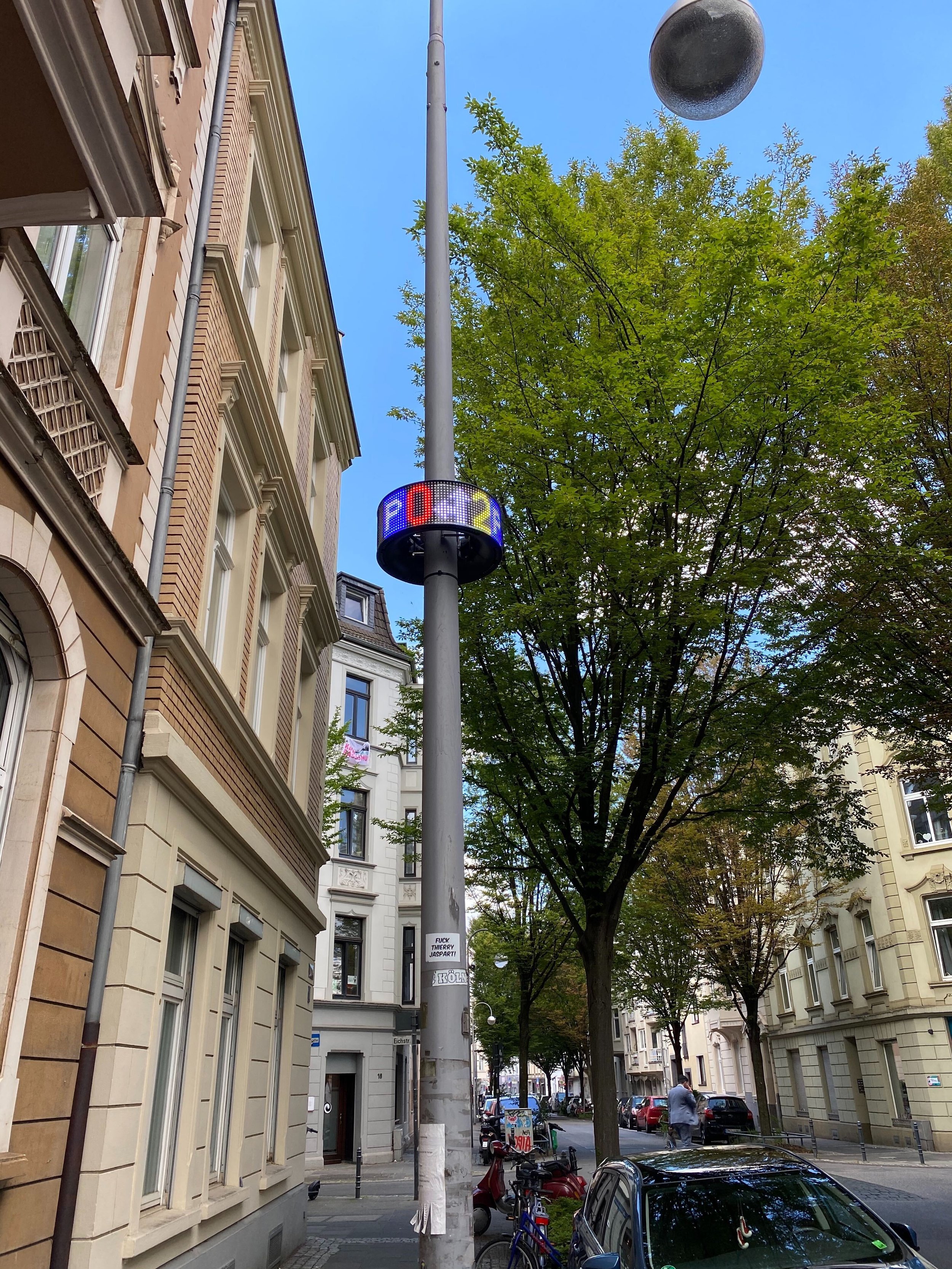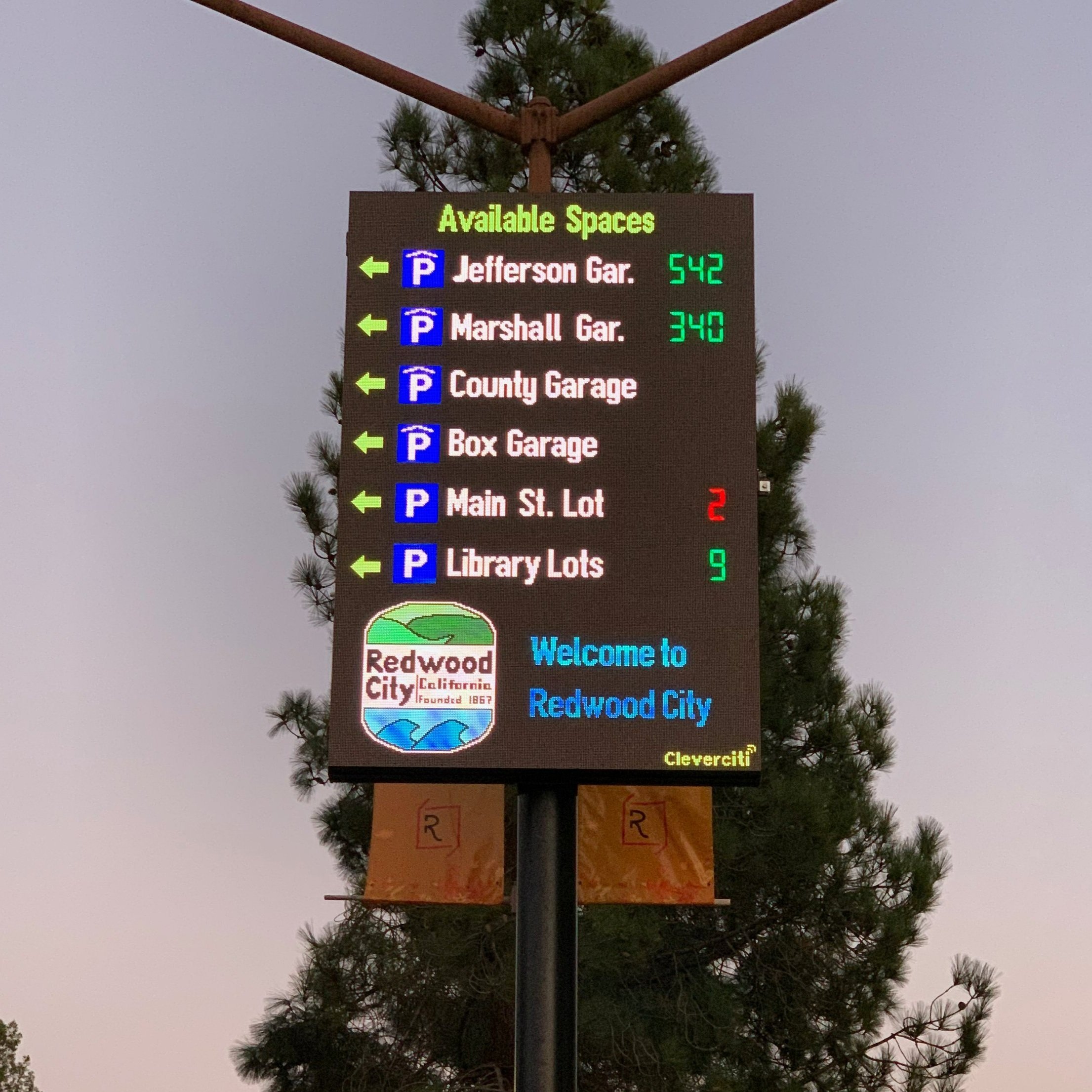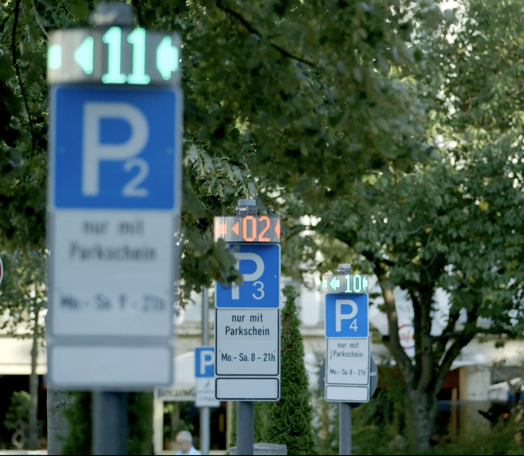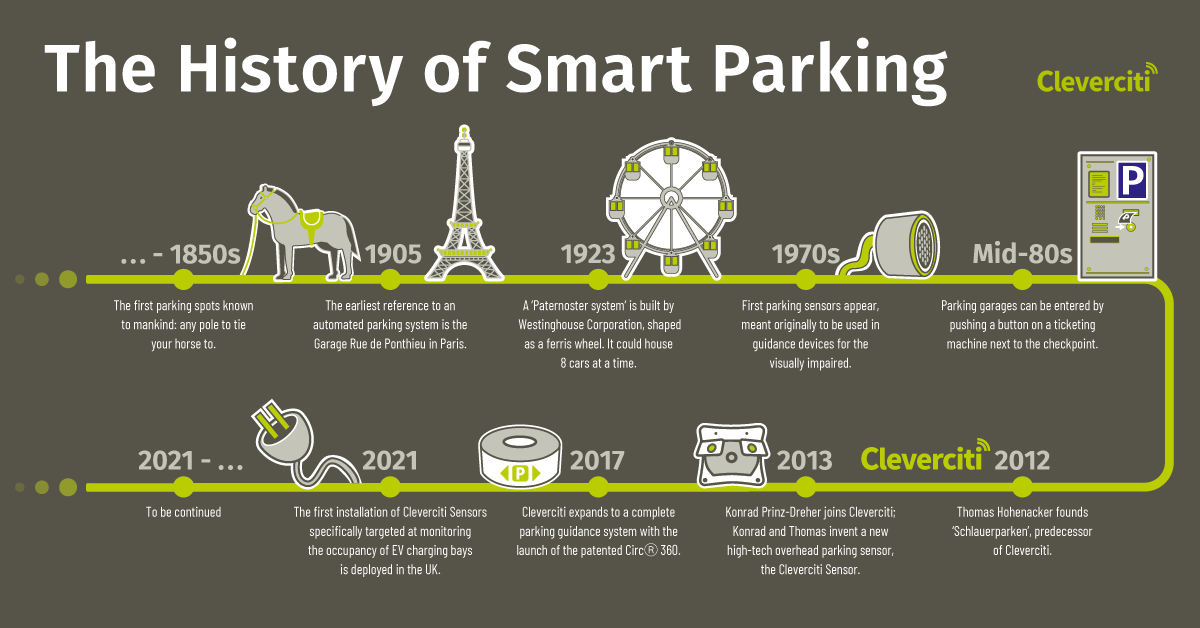Lübeck Bay is a top regional tourism destination, only 1 hour away from Hamburg
It has 3 million annual visitors of which 1.5 million day visitors are drawn towards the beautiful beaches
The area is filled with overcrowded hotspots with lead to massive congestion
There is actually plenty of free parking space in lesser-known areas along the coast
All of this was exacerbated by COVID as local tourism and social distancing became the number one priority.
To solve these challenges, a traffic light system was deployed for the beaches and the surrounding parking areas, within an app called “Strandticker.de”. With Strandticker, visitors get steered to “green” areas and steered away from “red” and “yellow” areas. How? By showing a traffic light on a map of the tourism area. The data for the traffic lights come from beach occupancy sensors, installed at all entry points to the beaches, and parking occupancy sensors, installed at all parking areas along the beach. The acceptance of this app has been absolutely overwhelming! Since the launch in 2020, a staggering 400,000 unique users adopted the app with 4 million views within the app store.
Reduce parking search
As for parking specifically, the main challenge in Lübeck Bay was to steer cars directly to the nearest and best parking space, instead of visitors driving to one of the most known parking areas, just to find there is no space anymore and then parking in illegal areas instead.
As said, this led to a simple “traffic light” system for both the beaches and the parking spots, where the visitors can see the exact occupancy status at a glance, quickly finding available parking and make better decisions on their way to the beach. The parking sensors are updated in near real-time which means that a few seconds after the car has parked, the sensor marks the spot as ‘taken’.
Award-winning solution
This concept recently won two coveted Deutscher Tourismuspreis 2020 awards - 2nd Prize overall, and the People’s Choice Award. Reason enough for all parties involved to expand the system regionally!
Future expansion
Next year, the system will be expanded to cover more locations within Scharbeutz and more cities throughout Lübeck Bay. In addition to that, more digital guidance will be added at key decision points to cover 100% of the driver experience in the area. And last but not least, the currently isolated data sources will be combined together to establish a predictive element: “If I leave Hamburg now, will there still be space in 1 hour?” Cleverciti is thrilled to partner with Lübeck Bay on this project and is looking forward to what is still to come.
After the audience learned a bit more about the project and its success, a few more questions came up in the Q&A section:
Why was parking guidance so important in solving the challenge at Lübeck Bay?
Though it is not often said, parking search actually is an immense cost to society, as is shown by these (rather shocking) numbers:
6.8 billion hours per year are wasted due to parking search,
28 million metric tons CO2 is emitted per year (that’s 1.3 billion trees!) due to parking search,
132 billion dollars are lost per year and,
30% of all traffic is unnecessary*.
*In the US, UK & Germany alone.
Source: Innix Parking Pain Study & Donald Shoup: “The High Cost of Free Parking”
Why Cleverciti?
The next question was: why did the Tourism Association pick Cleverciti to handle their parking challenge? Cleverciti, as is illustrated by the case in Lübeck Bay, offers an accurate, real-time, per-space detection system in combination with turn-by-turn guidance to the nearest space. How? By using Cleverciti Sensors & Cleverciti Circ 360®. Each is easy to install and compatible with all public safety and privacy concerns as the sensors only transfer the GPS location of the cars. Also, both are installed on existing infrastructure, which reduces deployment costs.
What is unique about Cleverciti’s parking guidance system?
What makes Cleverciti stand out among other suppliers, is our system combines all existing parking data, meaning, not only data from garages but also on-street and off-street parking. This is the key factor to reducing traffic & emissions.
Where can you currently find Cleverciti’s parking guidance systems?
Cleverciti is operational in 20 countries around the world. Also in major tourism destinations: in the heart of Dubai, Banff Canada, and now also in Lübeck Bay to name a few. The sensors and digital signage have therefore proven themselves to perform equally well in all types of environments and weather conditions.
Wrapping up
After answering a few more questions from the audience, Mr. Stellmacher had one final thought he wanted to share with the audience:
“Visitor guidance systems using parking sensors; it’s very simple, they just work. It’s existing technology put together in a new way that is worth your consideration.”
Interested to learn more about the project in Lubeck Bay? Read our recently published case study going into detail on the project.
Or watch the full ITB presentation below:









